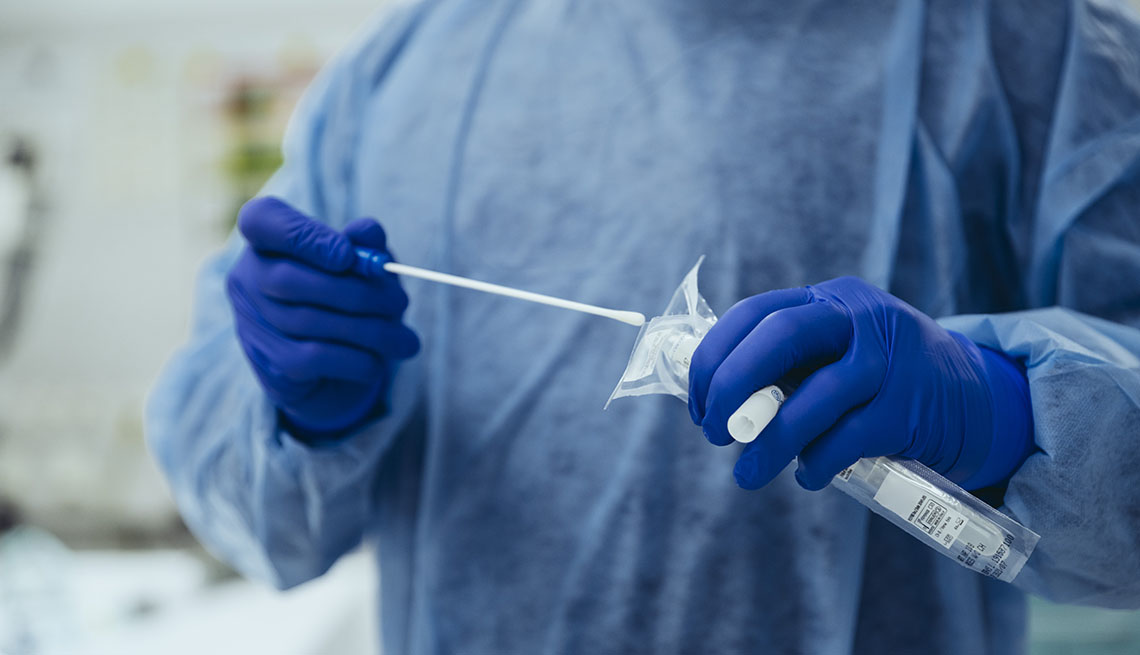Staying Fit
| The Centers for Disease Control and Prevention (CDC) has once again updated its coronavirus testing guidelines, reversing recommendations made in late August that individuals who have been in close contact with someone who has COVID-19 do not necessarily need a test if they do not have symptoms of the illness. Now the public health agency says close contact with an infected person does warrant a test, even in the absence of symptoms. Close contact is defined as within 6 feet for at least 15 minutes.
“Because of the potential for asymptomatic and pre-symptomatic transmission, it is important that contacts of individuals with SARS-CoV-2 infection be quickly identified and tested. Pending test results, you should self-quarantine/isolate at home and stay separated from household members to the extent possible and use a separate bedroom and bathroom, if available,” the CDC guidance now states. The changes were made Sept. 18.


AARP Membership— $12 for your first year when you sign up for Automatic Renewal
Get instant access to members-only products and hundreds of discounts, a free second membership, and a subscription to AARP the Magazine.
The August updates drew criticism from many public health experts. Organizations representing county and city health departments pressed for a retraction. And epidemiology experts called the change “counterproductive,” especially considering that a large share of people with a coronavirus infection never develop symptoms but can transmit the virus to others. Researchers estimate that as many as 40 percent of people who become infected with the coronavirus are asymptomatic.
“I think in order to control this, especially in a context like contact tracing, you absolutely have to test people without any symptoms,” George Rutherford, M.D., professor of epidemiology and biostatistics at the University of California San Francisco and principal investigator of California’s contract tracing program, said in an Aug. 26 briefing with reporters.
People who have not necessarily been in close contact with an individual known to have COVID-19 but who have been to an area experiencing a spike in coronavirus cases and attended a public or private gathering of more than 10 people without masks and proper physical distancing are encouraged to talk to their health care provider or a public health official about their need for a test.
One important note in the CDC’s testing guidelines: Just because you test negative for the virus does not mean you can throw caution to the wind. People who have been in contact with an infected individual are encouraged to self-isolate for 14 days after contact, regardless of their test results. It may be that the test was taken too soon, when not enough virus was present to register a positive test result.
If you cannot self-isolate, CDC guidelines say to wear a mask, physically distance, avoid crowds and indoor crowded places, wash your hands frequently, and monitor yourself for symptoms of COVID-19.
































































